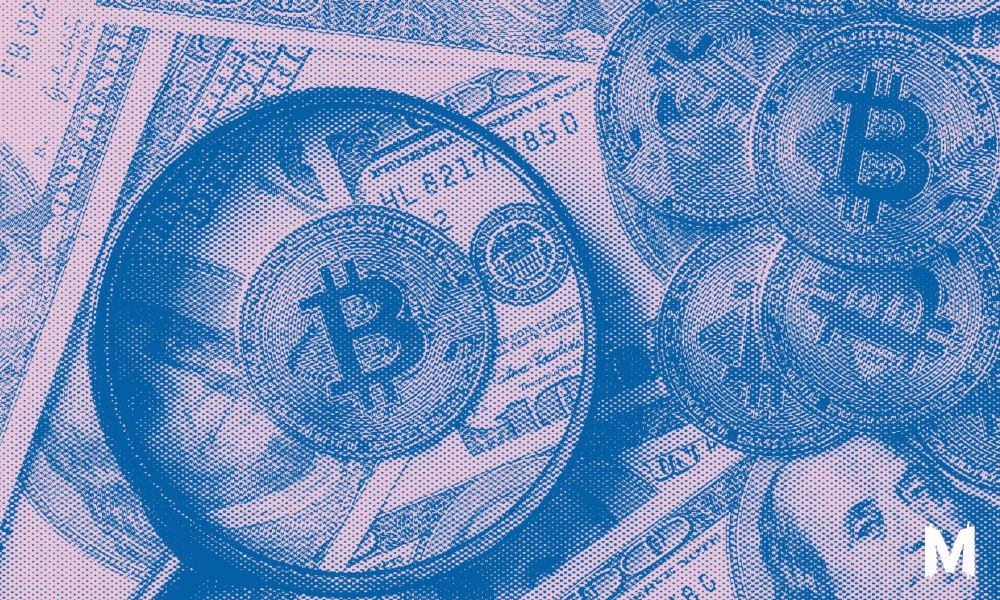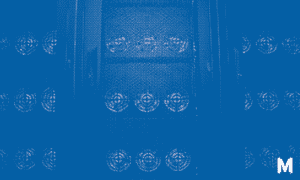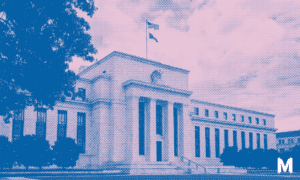The company behind the Bitcoin beach wallet, Galoy Inc., is enabling a new feature that allows users to hold and transact with “bitcoin-backed” US dollars.
The new feature is called ‘Stablesats’ and is different from traditional USD-backed stablecoins like Tether or algorithmic stablecoins like Terra and Luna, which recently collapsed when UST lost its peg.
The new Stablesats feature doesn’t use a token. There is no Stablesats coin. Instead, users can hold a US dollar balance in their wallet. The way Galoy is able to keep the synthetic US dollar stable is by using inverse perpetual swaps.
Inverse perpetual swaps are a form of derivative contract that allows holders to hedge against bitcoin price swings. However, in the case of Stablesats these inverse perpetual swaps are used to provide a synthetic US dollar.
Whenever someone uses the feature, bitcoin is transferred from the user’s account and pledged as collateral to purchase inverse perpetual swaps on bitcoin. This happens in the background through a centralized exchange. In this case, Galoy has a partnership with bitcoin exchange OKX.
If someone has 1 bitcoin and uses the Stablesats feature to “transfer” the bitcoin to the Stablesats-enabled lightning wallet, the users bitcoin is sent to OKX and pledged as collateral for the inverse perpetual swaps backing the synthetic US dollar.
At the current price of around $23,000 dollars, the person would receive 23,000 inverse perpetual swap contracts worth $1 each. Bitcoin is used as collateral to back these derivatives. Regardless if the bitcoin price increases or drops, the user will still be holding 23,000 perpetual swap contracts worth $1 each or $23,000 total.
But these contracts would be worth more or less in terms of bitcoin. If the price of bitcoin drops, the inverse perpetual swaps will incur an unrealized gain. And if the price of bitcoin increases, the derivates incur an unrealized loss.
This allows the person to hold and transact with a synthetic US dollar without using the traditional banking system or a new token. While it is tempting to say that Stablesats is “backed” by bitcoin, it’s important to note that the synthetic US dollar balance is simply a derivative which is collateralized with bitcoin.
There are some risks involved in this, most notably counter-party risk. The moment a user makes use of the synthetic US dollar, the person effectively transfers bitcoin from self-custody to a custodian, in this case the OKX exchange. If OKX goes bankrupt, all of the users pledged bitcoin could be lost.
Having price stability and volatility protection usually comes with a tradeoff. If you want to eliminate all counter-party risk, you’re best off holding spot bitcoin in self-custody.
If you’re more concerned with protecting from bitcoin’s volatility in the short term, taking on some counter-party risk and using Stablesats could be a solution.
The feature, while not without risks, could empower people in countries with weak currencies, a high percentage of unbanked people and no access to US dollars to transact in a more stable fiat currency without using traditional payment rails.
This way people can hold bitcoin as a “savings account in cyberspace” and use the Stablesats feature for smaller daily transactions.




